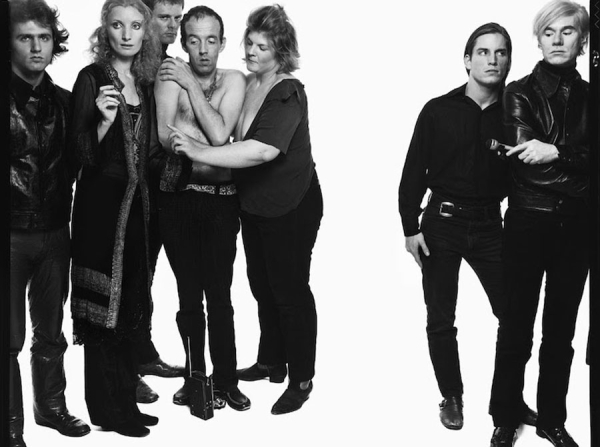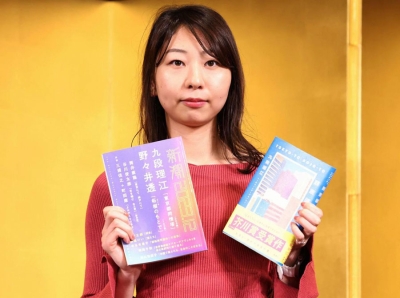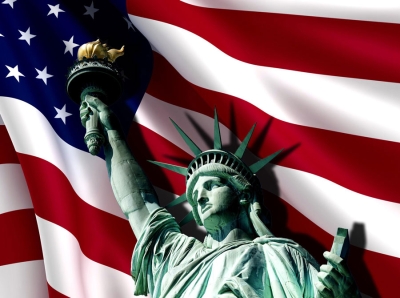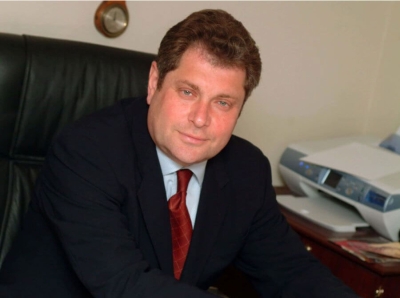A moment in history: Richard Avedon's photographic panel at the Metropolitan Museum of Art

This May will mark the 100th anniversary of the birth of one of America's most celebrated photographic masters, Richard Avedon. To mark the anniversary, the Metropolitan Museum of Art is holding an exhibition of his large photo panels in its photography department on the second floor. Although Avedon achieved worldwide fame in the late 40s as a fashion photographer, his main achievement was his innovative approach to photographic portraiture. The exhibition, however, concentrates on the short period between 1969 and 1971, when Avedon found himself at a crossroads. After almost a five-year “vacation” from the portrait genre, he began working with a new camera and on a new scale. “I was wondering if I could transform such a phenomenon as a group portrait...” he recalled.
The exhibition is organized around three monumental photo panels from the museum’s collection. They were donated to the museum by Avedon himself when the museum mounted a huge retrospective of him in 2002, on the eve of his 80th birthday and two years before his death. All three are a kind of cast of American society at a critical moment in its history.
One of them features the New York artistic bohemia: Andy Warhol and the “stars” of his famous “Factory”, the creators of new art and the personification of a new worldview. On the wall opposite is another group: the architects of the Vietnam War, advisers, generals, representatives of the American government - the Council of War (for this shoot, Avedon flew to Saigon, where he had to work unusually quickly, counting not by hours, but by minutes, while working with Warhol and his Factory, Avedon could spend weeks trying out compositions and combinations).
It would probably be more impressive if the members of the War Council looked straight into the eyes of the heroes of the third panel, where the “Chicago Seven” were gathered, the leaders of the anti-war demonstrations that shook the city and the country during the days of the Democratic Party convention in Chicago in 1968... There was also an eighth participant , but at the time of filming he was already in custody, declared a dangerous radical.
The new format gave Avedon new opportunities, although it was based on his typical technique: special lighting of figures against a merciless white background. Everyone (almost) is in full growth, in poses that reveal character, and almost everyone looks directly at the viewer, seriously, openly, sometimes with challenge, and the space between them creates tension.. No regalia, everyone is practically naked in their humanity essentially.
There is an interesting addition to the panels in the exhibition: photographic portraits of the usual format, taken during the preparatory process.
Author: Maya Pritzker



